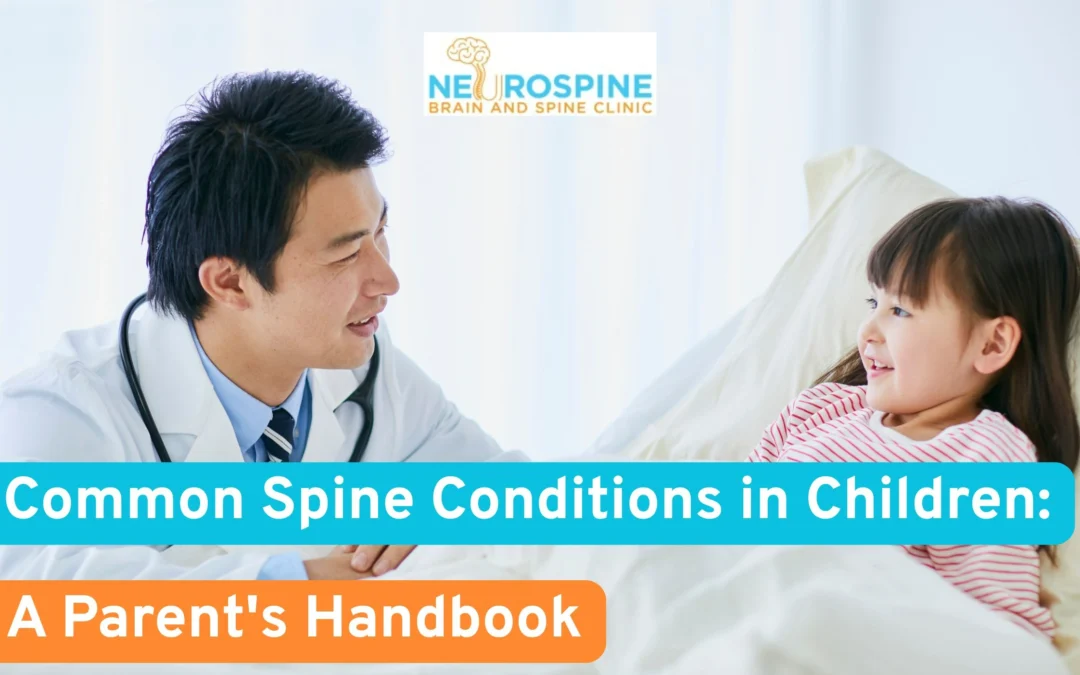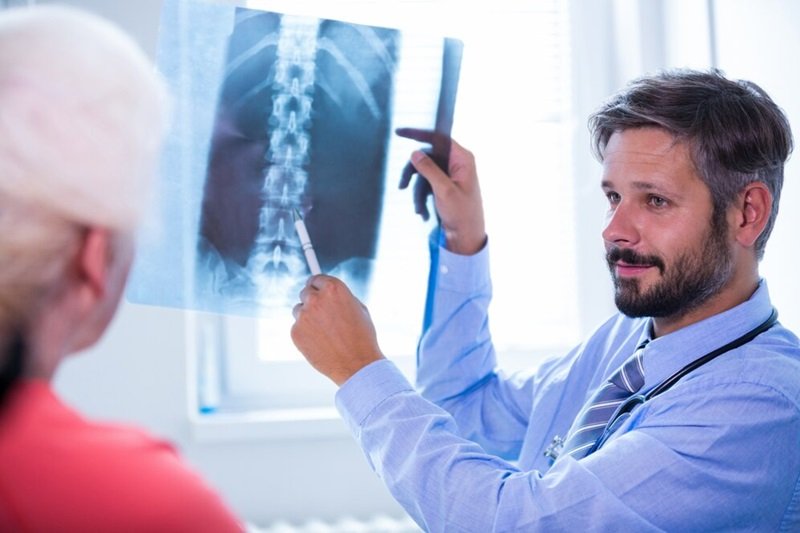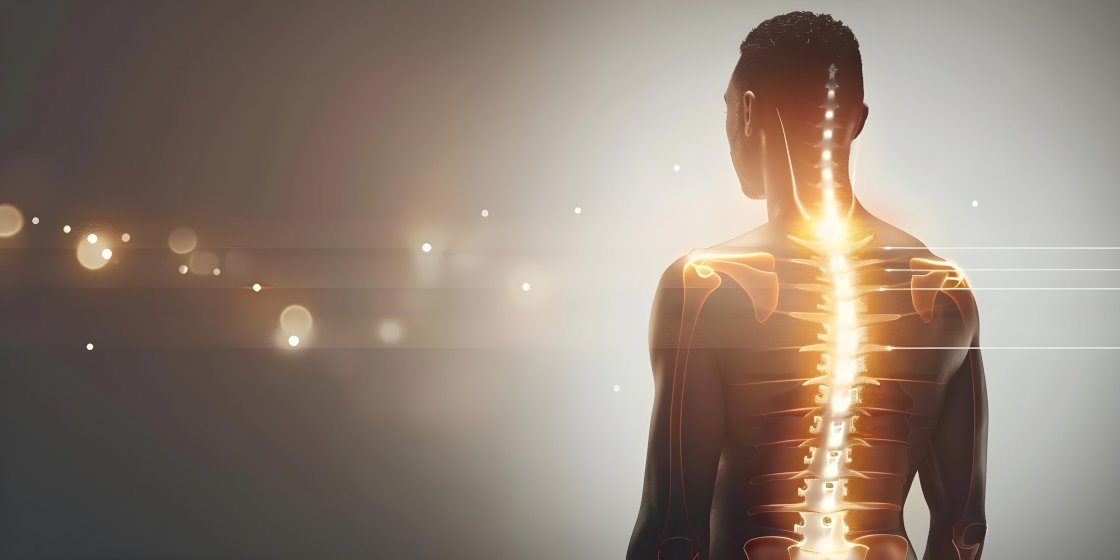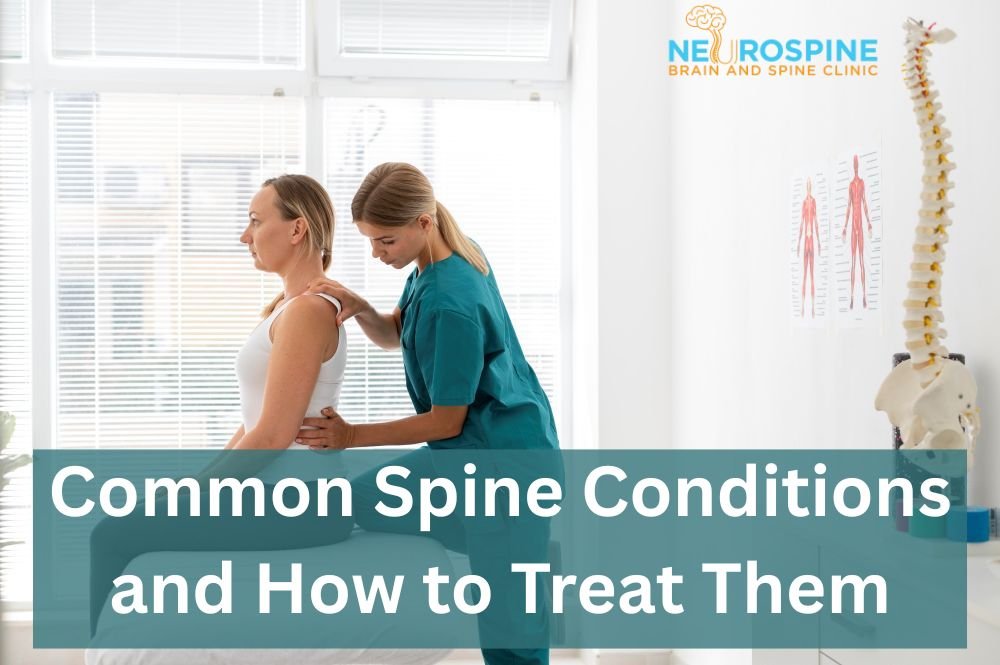Paediatric spine conditions can impact growth, movement, and health. The earlier they are diagnosed and treated by a specialist, the better, and a visit to see an expert pediatric spine specialist in Thane could be a question of life or death. Below is a summary of the most important paediatric spine disorders, what to look for in terms of signs and symptoms, and what is available for treating such paediatric spine disorders.
Scoliosis
Scoliosis is marked by a strange sideways “S” or “C” curve of the spine. It is the most common anomaly of the spine in children and adolescents (one in every thirty-three to fifty people). Scoliosis is of different severities, and it tends to worsen as one reaches the developmental period, specifically in adolescence.
Types and Causes of Scoliosis
- Idiopathic Scoliosis: Most prevalent, no known reason. It can manifest during teenage life and more often among females.
- Congenital Scoliosis: This occurs because of the irregular spine growth during foetal development inside the mother.
- Neuromuscular Scoliosis: This condition occurs when muscles are weakened, causing the spine to curve. It is caused by cerebral palsy or muscular dystrophy.
Symptoms of Scoliosis
- Asymmetry of the shoulder or hip
- Visible curvature of the spine
- High shoulder blade on one side
- Sitting to that side
- Severe back pain
Treatment for Scoliosis
Treatment varies by curvature and age. Mild curves are followed, moderate curves can be braced, and severe scoliosis can involve surgery, e.g., spinal fusion by a Thane pediatric spine specialist.
Kyphosis
Kyphosis is an abnormal forward curvature of the upper back that causes a hunched posture. A mild curve is normal, an excess curve is symptomatic, and a severe curves compromise lung space.
Types and Causes of Kyphosis
- Postural Kyphosis: Most frequent, secondary to bad posture, and generally mild.
- Scheuermann’s Disease: More serious, secondary to abnormal vertebral body growth.
- Congenital Kyphosis: Secondary to abnormal development of the spine during foetal life.
Symptoms of Kyphosis
- Round upper back, or “hunchback”
- Stiffness or backache
- Fatigue of back muscles
Treatment for Kyphosis
Mild kyphosis is cured by exercises that strengthen the back muscles. Severe ones are braced, primarily children who have yet to mature. Bracing is rare but possible when curvature pain or breathing is a burden.¹..
Spina Bifida
Spina bifida results from poor spine and spinal cord formation in the womb. In some cases, symptoms may be barely visible, while in others they can seriously limit function.
Types of Spina Bifida
- Spina Bifida Occulta: Mild, usually asymptomatic.
- Meningocele: Membranes protrude through the spinal defect but not the spinal cord.
- Myelomeningocele: Worst with membranes and spinal cord protruding, with severe disabilities.
Symptoms of Spina Bifida
- Leg weakness or paralysis
- Difficulty walking
- Bladder and bowel problems
- Scoliosis (wavy spine)
Treatment for Spina Bifida
Treatment depends on the severity and type. More severe ones will need to be operated on when they are a few weeks old. Regular follow-ups with a pediatric spine specialist in Thane must be done to manage complications and enhance the quality of life.
Spondylolisthesis
Spondylolisthesis is the term for a slippage of a vertebra that moves forward over the vertebral body underneath it, usually due to a stress fracture. Children who are active in sports such as football or gymnastics are at high risk for this condition.
Symptoms of Spondylolisthesis
- Backache at the lower back, particularly after having done the act
- Stiffness of the lower back and hamstring stiffness
- Inability to stand or walk for more than a short duration
- Numbness or tingling in the legs (in the case of compression of the nerve)
Treatment for Spondylolisthesis
Mild can be treated adequately with anti-inflammatory medication, physiotherapy, and rest. Severe can be controlled by stabilization by surgery, preferably by a spinal expert for a child in Thane.
Conclusion
Pediatric spinal disorders are disabling but can be managed by early diagnosis, on-time treatment, and follow-up. Do not lose time consulting a paediatric spine specialist in Thane if your child is experiencing any of the spinal disorders. With counselling and treatment in the right hands by Neurospine Brain and Spine Clinic, most can lead an active, healthy life without losing their spine.
FAQs
- When should I consult a paediatric spine surgeon in Thane for my child’s spinal issues?
If your child experiences persistent back pain, if the spine curves too much, or if movement is restricted, consultation with a pediatric spine surgeon should be obtained immediately.
- Will all paediatric scoliosis conditions always require surgery?
No, they are treated with bracing, observation, or physical therapy; the progressive or severe ones with surgery alone.
- How does my child benefit from early diagnosis of pediatric spine disorders?
Early diagnosis permits early treatment, preventing complications, promoting normal spine development, and improving quality of life.




